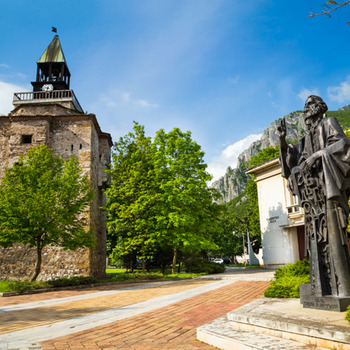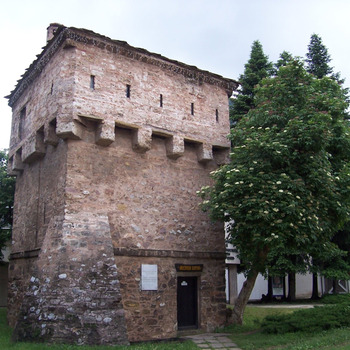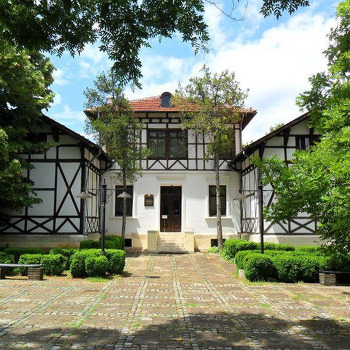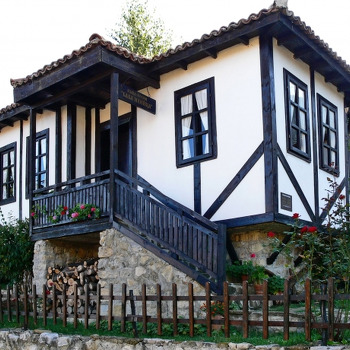Vratitsa Fortress - Vratsa
Overview
Vratitsa Fortress is located 1.5 km west of Vratsa , in the gorge of the Leva River, just before the Vratsata natural phenomenon. It is assumed that these are the remains of the ancient city that gave rise to today's Vratsa. Its foundation is associated with valuable copper deposits, not far from the fortress. The earliest finds discovered by archaeologists are from the Thracian period, from the 6th century BC. - These are coins from Greek cities on the Aegean coast. In the period around 6 -7 century BC. on the territory of today's Vratsa the tribes began to settle, whose possessions reached Iskar in the east. It is assumed that this is where their capital was. The Tribals were a proud and warlike tribe - famous in antiquity for their victories over the Odrysians (425 BC) and even over the army of Philip II. In 335 BC. they also fought against his son Alexander the Great and later became his allies. After the creation of the province of Moesia, a Roman mining settlement with a mint for bronze coins was opened here. The Romans built a strong fortress, protecting the copper mines from invaders. The region flourished during the time of Byzantium (Emperor Justinian), when an early Christian church was built. During the excavations, a lead seal of Emperor Justinian was discovered. During the First and Second Bulgarian States the settlement was of great strategic importance for the region. In the 13th century the whole hill was built and the village is already named Vratsa - proof of this is the found stone inscription, part of the exposition of the Regional Historical Museum - Vratsa. From this period are mysterious burials near the excavations of a medieval church from the 13th century. Another interesting find from the Middle Ages is a silver coin of the Bulgarian Tsar Michael III Shishman from the 14th century. According to legends, during the Ottoman invasion the fortress was defended for a long time by Radan the Duke with his army. The legend tells of the tragic end of the duke and his daughter Elitsa, who jumped from a rock not far from the fortress to save their honor from desecration. Today, the place where the two find their death is known as the "Red Rock". During the conquest of the area by the Ottomans, the fortress and its churches were destroyed. Remains of this emblematic place for Vratsa can be seen by walking along the so-called "Heritage Trail", built by the Vratsa Balkan National Park.
Useful information: The trail starts with a sign and a wooden sign. There is a small parking opposite it. Nearby is the Chaika Hotel, which is also open on Sundays. There is also a small picnic area next to the complex.
Recommended
- Regional Historical Museum - Vratsa• Ledenika cave • Vrachanska Skaklya Waterfall • Vratsa eco-trail "Borov kamak"


 Bulgarian
Bulgarian Romanian
Romanian



